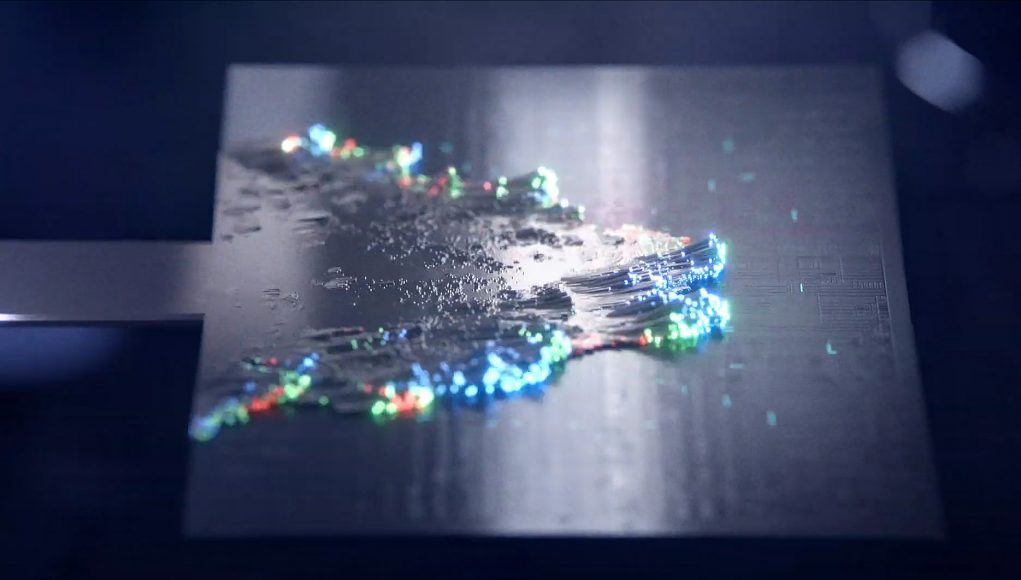Microsoft is teasing an upcoming press event at MWC on the 24th. A new video today all but confirms that we’ll be seeing HoloLens 2 (or whatever the next iteration is called) at that event.
A short video teaser posted today shows some flashy animations of a computer chip and the silicon that forms it, as well as carbon and carbon-fiber structures, the latter of which may be a hint about the weight of the headset. At the end of the video, flashing text reads out BARCELONA 02 24 19, the same date of Microsoft’s upcoming press event at MWC 2019 later this month.
While the video itself yields very little useful information, the fact that it was posted on YouTube by none other than HoloLens visionary Alex Kipman says volumes. Kipman has been central to the project, and was the one to introduce the world to the original HoloLens back in 2015; he’s confirmed to be speaking at the upcoming press event.
It’s just a tease, but it solidifies recent reports that the Microsoft press event is likely to be the reveal of the much anticipated HoloLens 2, which for some can’t come soon enough as the original HoloLens has been out of stock for months now. I wouldn’t be surprised if we see a few more teases like this in the days leading up to the company’s MWC event.
It’s unclear if HoloLens 2 will be a next-gen version of the headset with the same enterprise and commercial focus as the original, or if Microsoft is ready to position the headset toward consumers as well. Either way, Road to VR will be in attendance of Microsoft’s MWC press event on the 24th to find out.
Thanks to David S for the tip!







